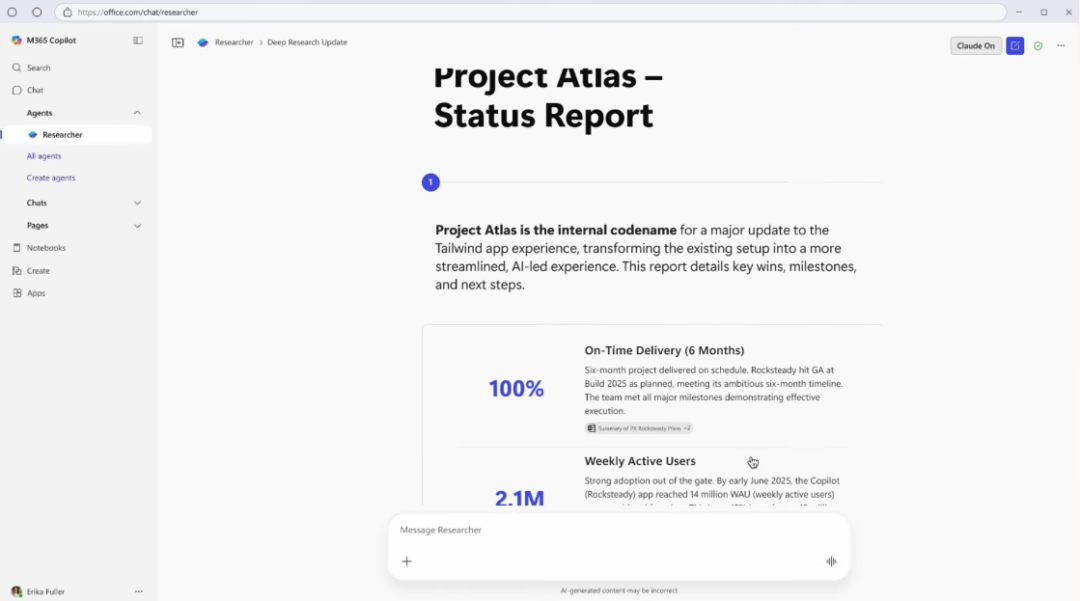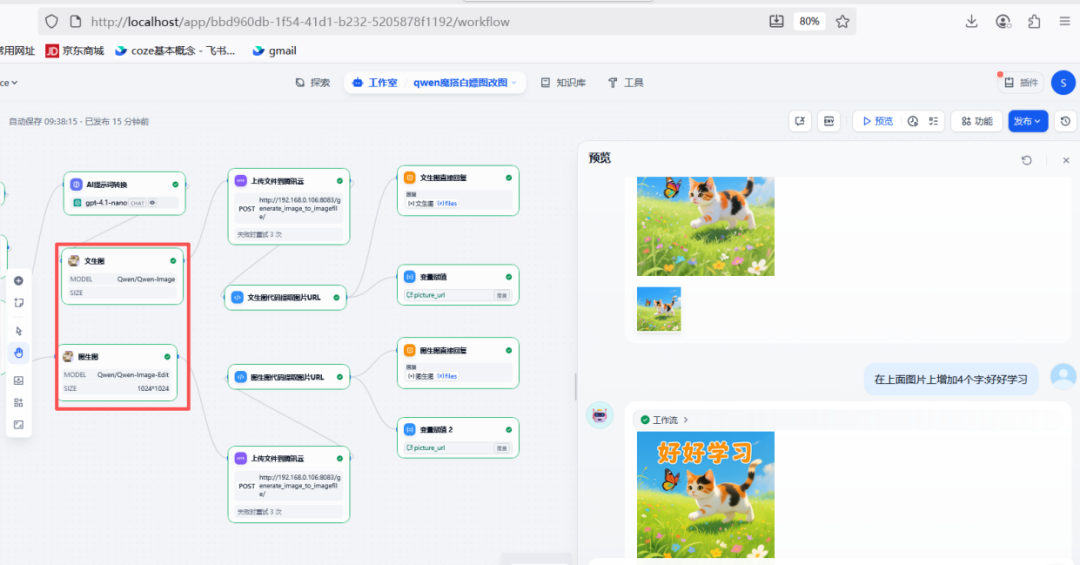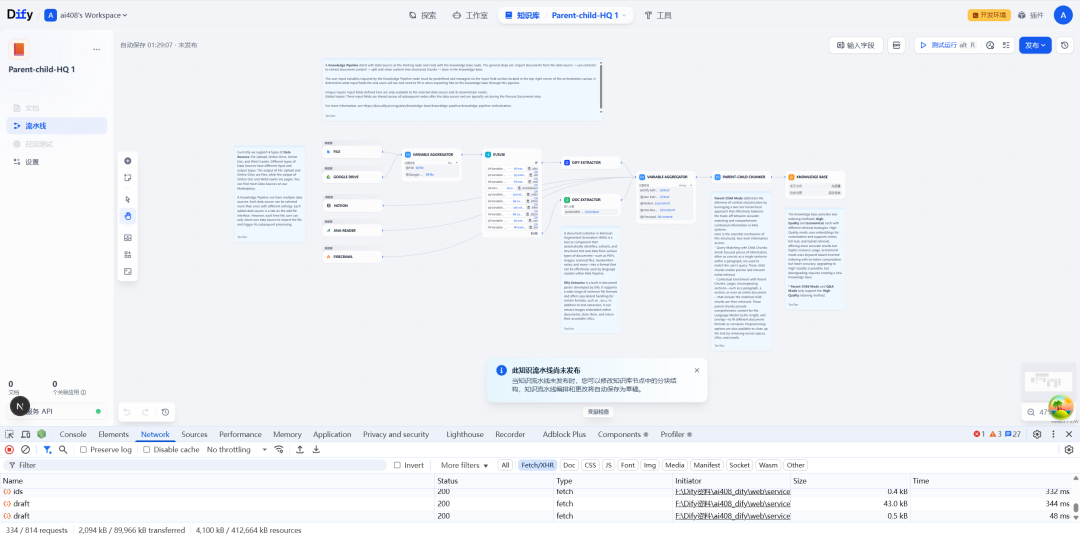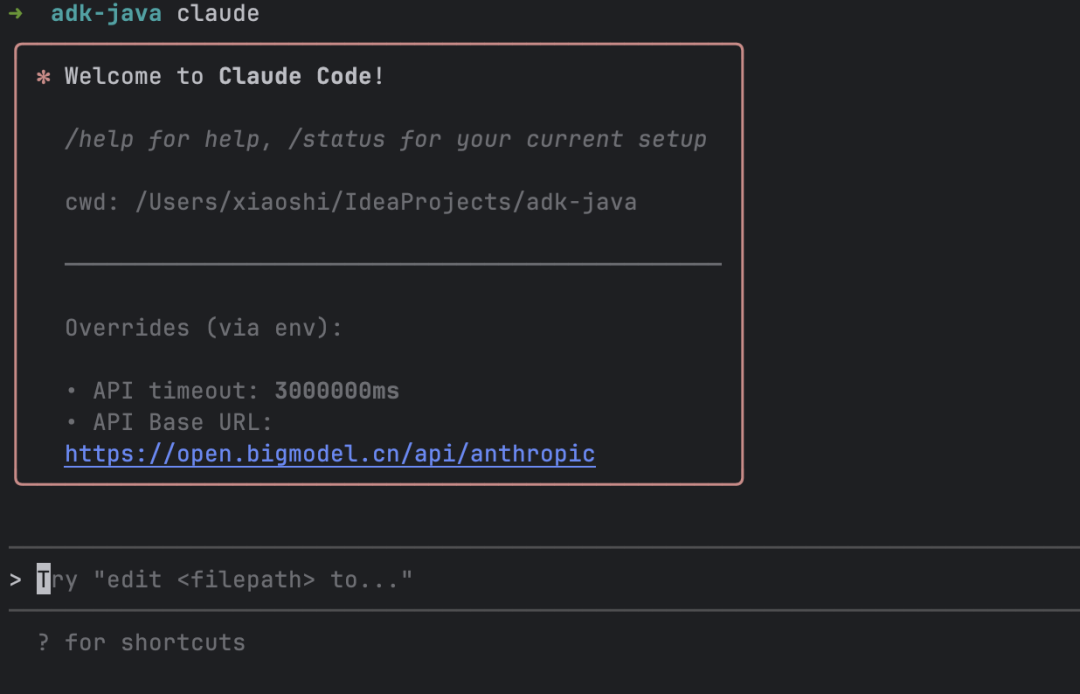Architectural Breakthroughs in Computational Efficiency
KBLaM employs a unique vectorized knowledge representation whose computational cost increases only linearly (O(n)) with the size of the knowledge base, in contrast to the square-level complexity (O(n²)) of traditional context learning. This feature stems from its encoding of knowledge as fixed-dimensional key-value pairs, which are quickly matched with relevant vectors by matrix operations during model inference. Experimental data shows that the inference latency of KBLaM increases by only 231 TP3T when processing a knowledge base containing millions of entries, whereas traditional approaches may incur a performance degradation of more than 3001 TP3T. This scalability makes it of practical value in scenarios requiring massive knowledge access, such as enterprise document management and industry knowledge graphs.
This answer comes from the articleKBLaM: An Open Source Enhanced Tool for Embedding External Knowledge in Large ModelsThe
































